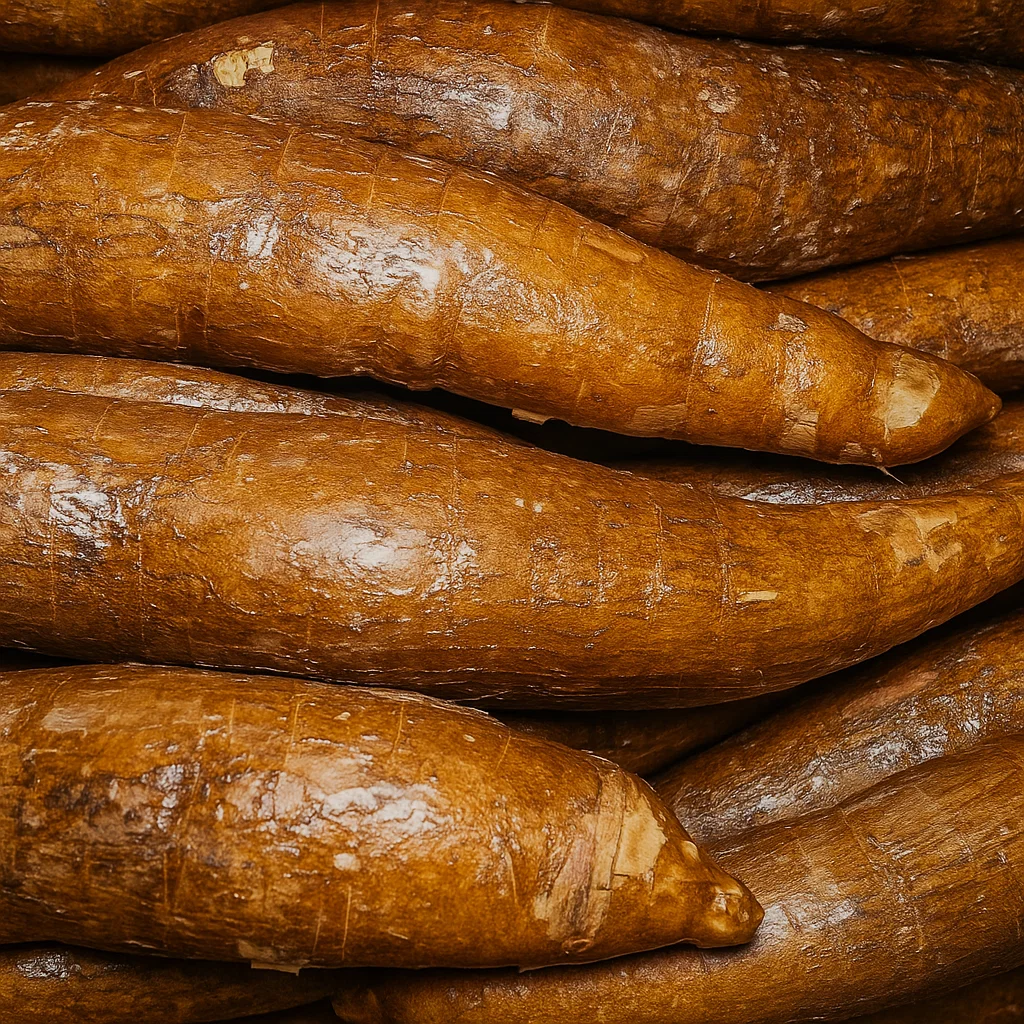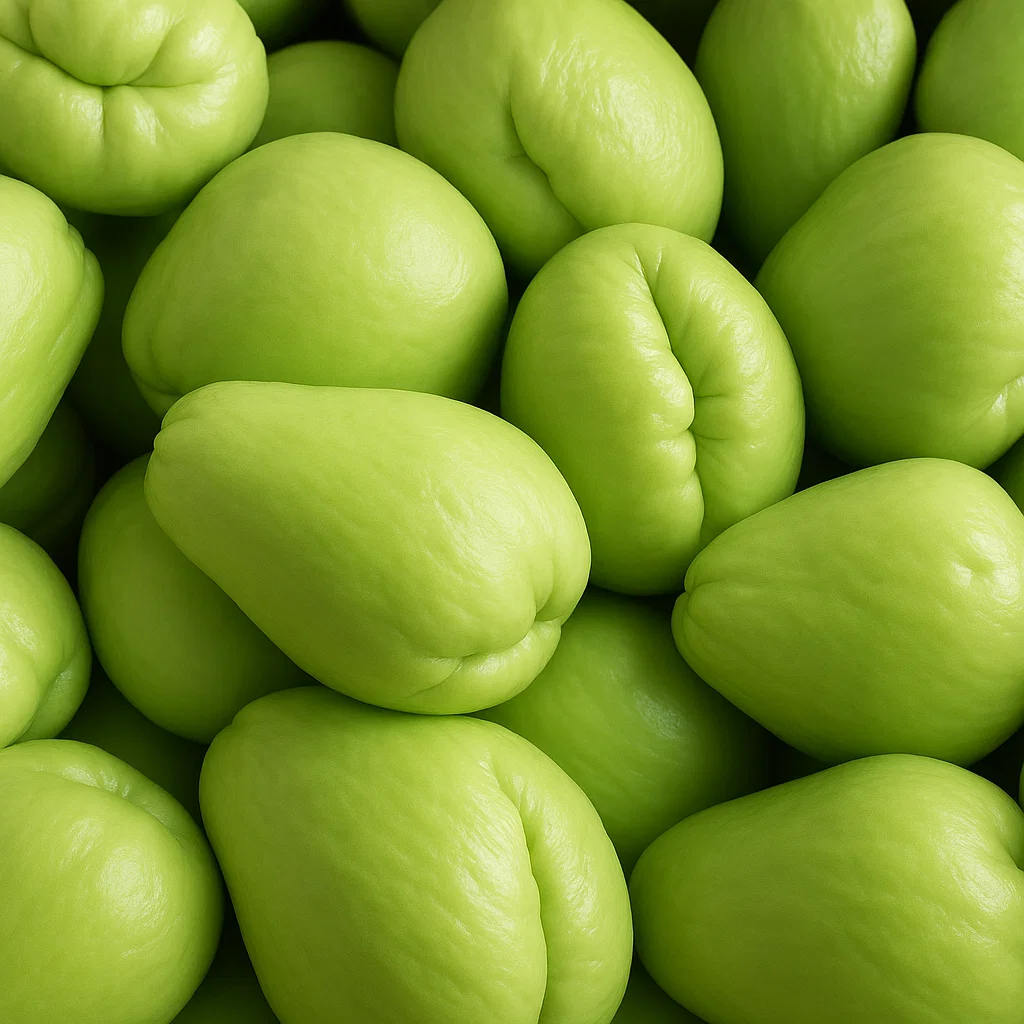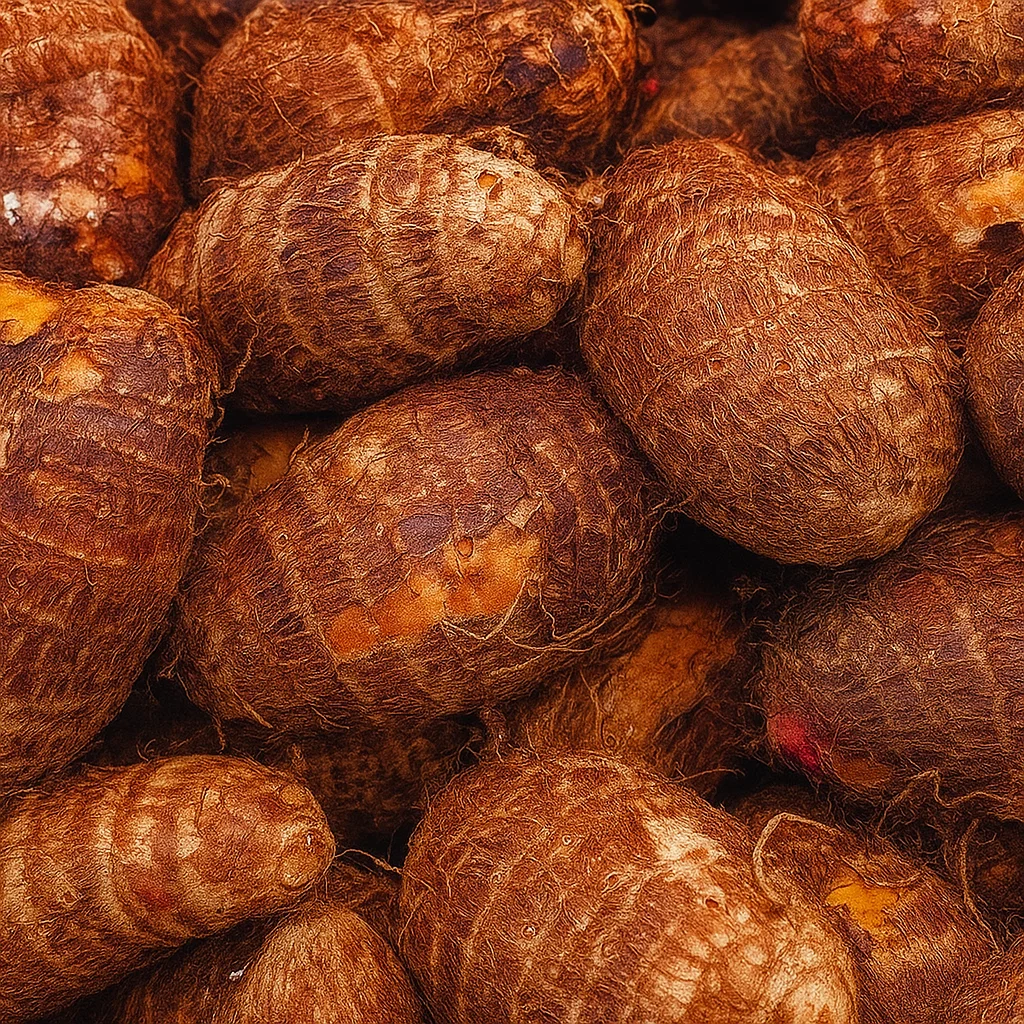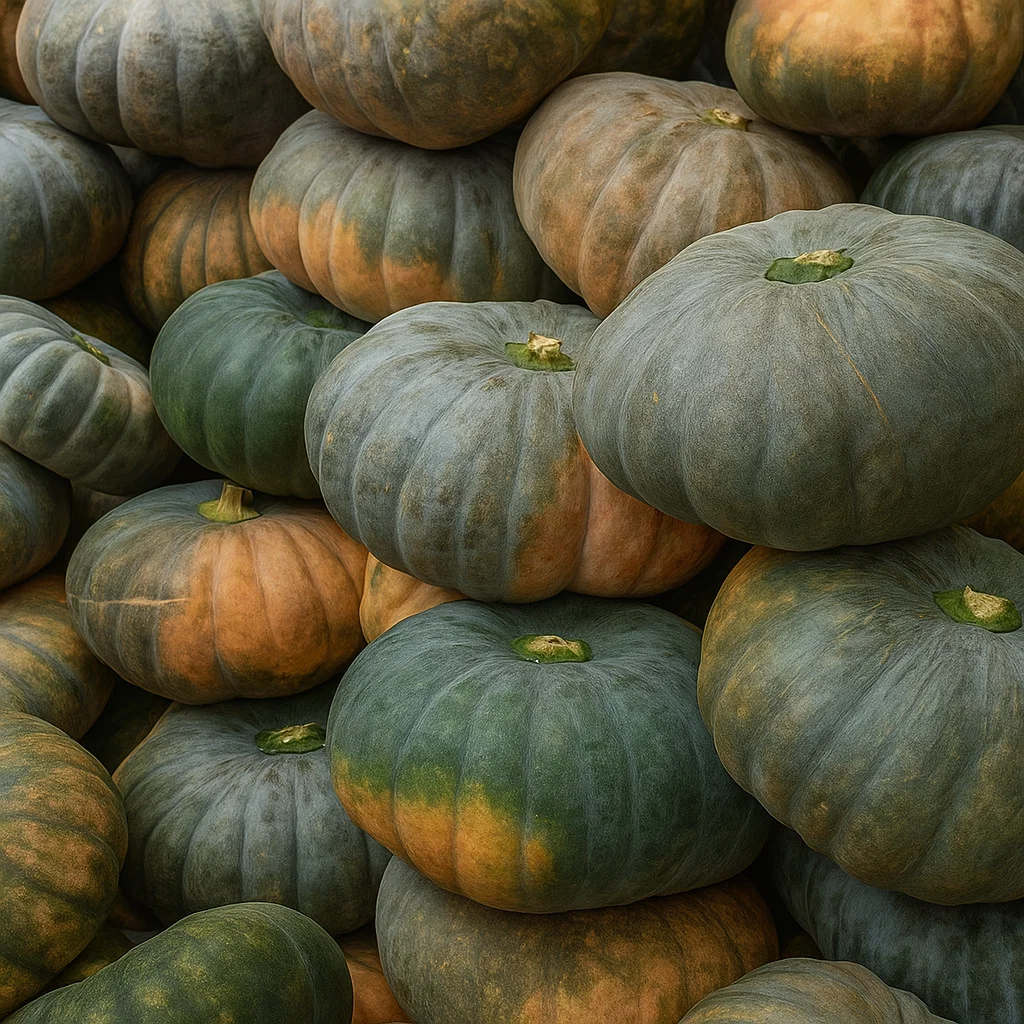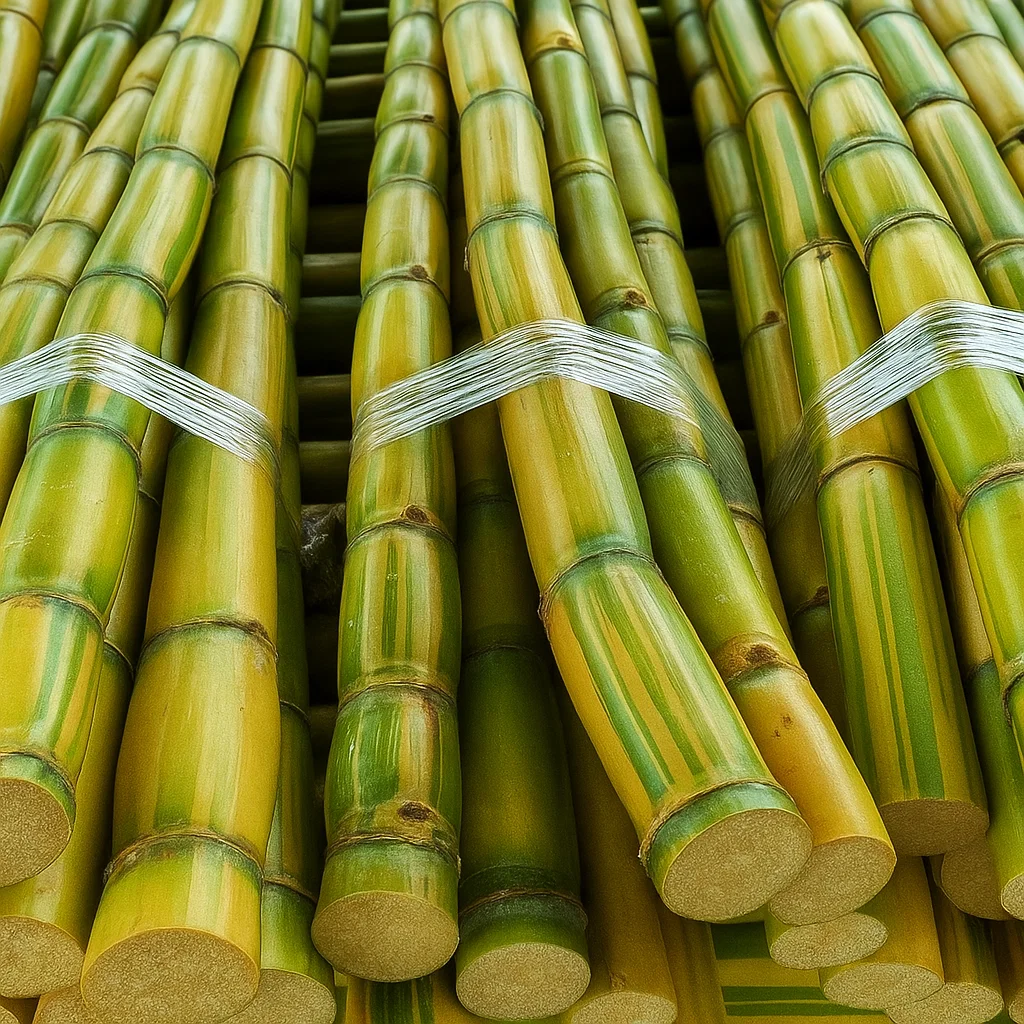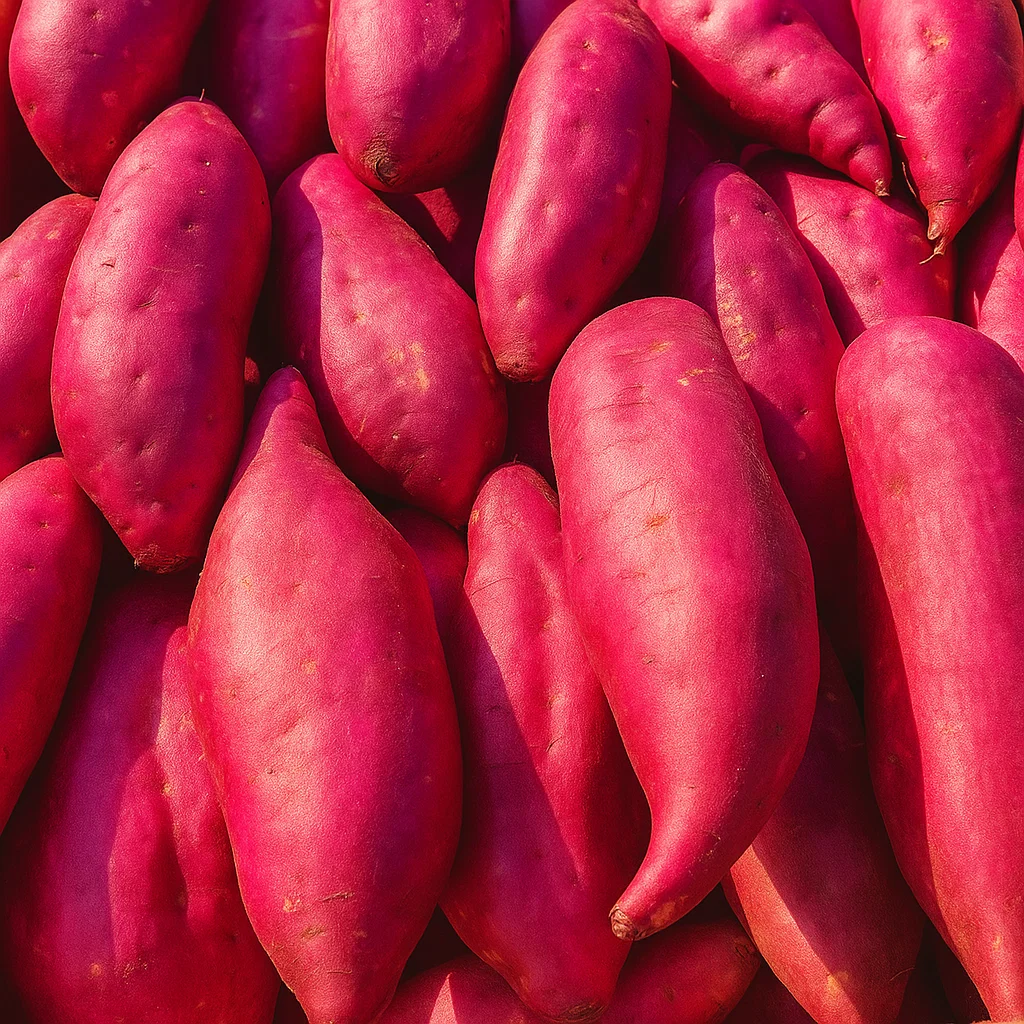
Riberas Sol Fresh Produce
Fresh Tropical Vegetables, Shipped Globally
Delivering premium, GLOBALG.A.P.–certified produce year-round. CADEXCO members.
Riberas Sol Fresh Produce
Fresh Tropical Vegetables, Shipped Globally
Delivering premium, GLOBALG.A.P.–certified produce year-round. CADEXCO members.
Products
Recipes using our products
Cassava in Mojo Sauce
Ingredients
- 1 kg of peeled cassava (yuca)
- 2 liters of water with a little salt
- 2 medium white onions
- 2 red sweet peppers
- 1 head of garlic
- ½ cup of apple cider vinegar
- 1 teaspoon of sugar
- 2 tablespoons of olive oil
- Salt and pepper to taste
- Cilantro to taste
Preparation
Peel the cassava and cut it into chunks. Boil in salted water until soft (about 30–40 minutes).While it cooks, chop onions, red peppers, and garlic.
In a pan, heat olive oil and sauté garlic, then onions and peppers. Add vinegar, sugar, salt, and pepper.
Let it simmer to create the mojo sauce. Drain the cassava and remove the fibrous core. Place cassava on a plate and pour the mojo sauce on top.
Garnish with cilantro and serve warm.

Stuffed Cassava Patties
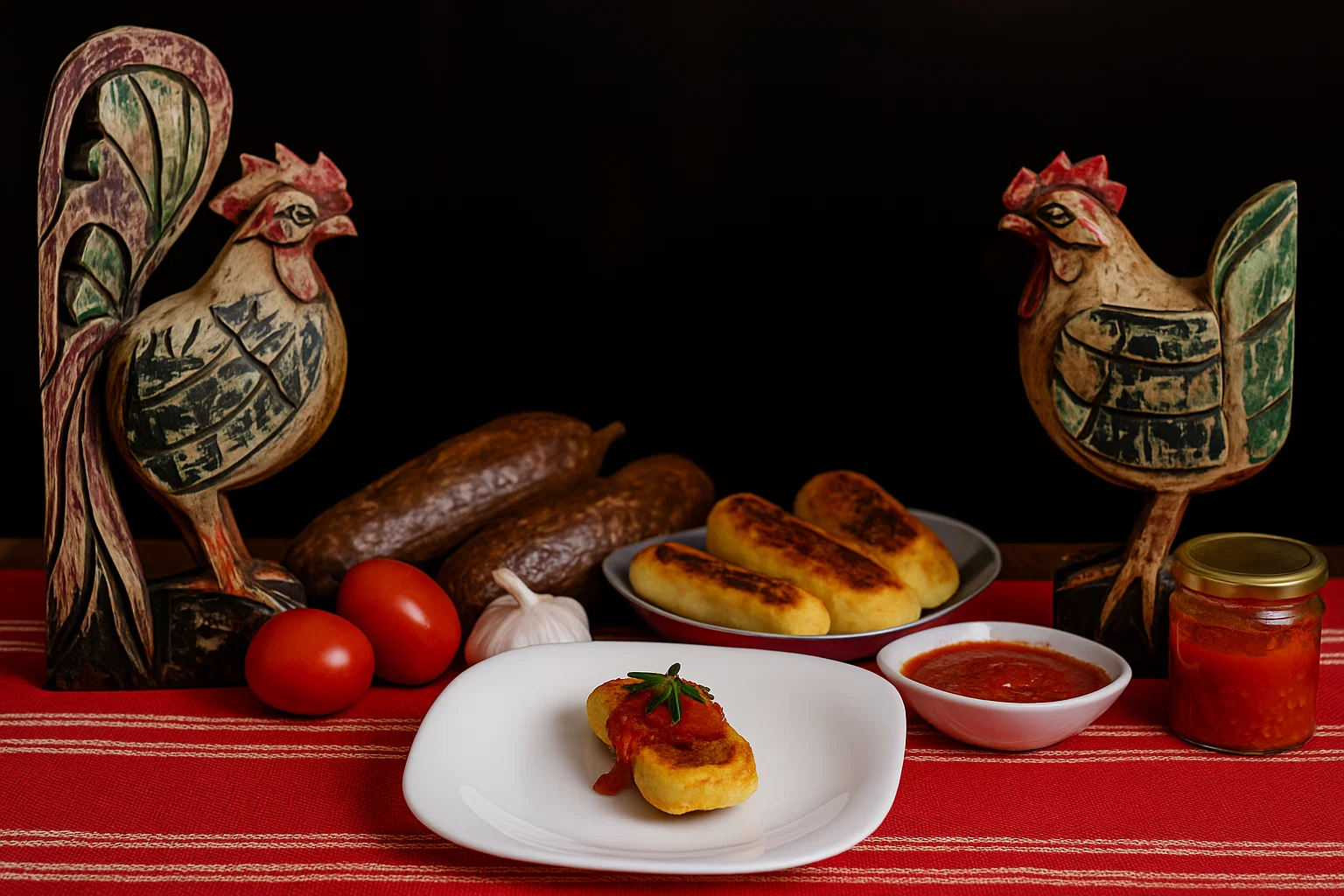
Ingredients
- Peeled and grated cassava (yuca)
- Salt
- Butter
- Grated white cheese
- 1 egg
- Ground beef
- 1 onion
- 1 red bell pepper
- Fresh cilantro
- 2 garlic cloves
- Oil for sautéing
Preparation
In a pan with oil, sauté the chopped onion, bell pepper, garlic, and cilantro. Add the ground beef and cook until fully browned and seasoned. Set aside.
Peel and grate the cassava. Place it in a bowl and squeeze out the excess liquid. Add salt, melted butter, grated cheese, and one egg. Mix until a smooth dough forms.
Take portions of the cassava dough and flatten them in your hand. Add a spoonful of the meat filling to the center, then cover with more dough and shape into an oval or patty.
Bake the enyucados in a medium-temperature oven for about 30 minutes, or until golden. Alternatively, you can deep-fry them until crispy.
Cassava and Ground Beef Pie
Ingredients
- 1 kg cassava (peeled and boiled)
- 2 tbsp butter
- 1 cup grated cheese (mozzarella or white cheese)
- 1 egg
- 1 lb ground beef
- 1 onion, chopped
- 1 red bell pepper, chopped
- 2 cloves garlic, minced
- Fresh cilantro (optional)
- Salt and pepper to taste
- Olive oil or vegetable oil
Preparation
Boil the peeled cassava until tender. Remove the tough core and mash well. Mix the mashed cassava with butter, cheese, salt, and an egg until you get a smooth dough.
In a separate pan, heat oil and sauté garlic, onion, and bell pepper. Add the ground beef and cook until browned and seasoned. Add cilantro if desired. Let it cool slightly.
Grease a baking dish and spread half of the cassava mixture as the base. Add the ground beef filling evenly, then cover with the remaining cassava.
Bake at 180°C (350°F) for about 30–40 minutes until the top is golden. Let cool slightly before serving.

Our Story
We are a family business dedicated to exporting fresh tubers and vegetables from Costa Rica. We value quality, working in harmony with the land and our commitment to our customers. Our crops take advantage of the tropical climate and rich Costa Rican soil to offer products with excellent flavor.
Riberas Sol has established itself as one of Costa Rica's most active shippers of fresh tropical produce. Our lead product is yuca (cassava) and we also consolidate several other varieties of fresh fruits and vegetables often in the same container loads. We currently ship to established clients in markets throughout North America and Europe. We are also a proud shipper of GLOBALG.A.P.-certified yuca.
Watch how we pack our products with care and precision; from our hands to your table.
Location:
El Peje del Cairo, Limón.
Members of The Costa Rica Chamber of Exporters: CERYT.
Contact Us
Riberas Sol Fresh Produce
Post Office Box: 100-1250 San Joaquín de Flores, Heredia
Fax: 011 (506) 2288-3042
Telephone: (506) 8887-2370
info@riberassol.com
www.riberassol.com
